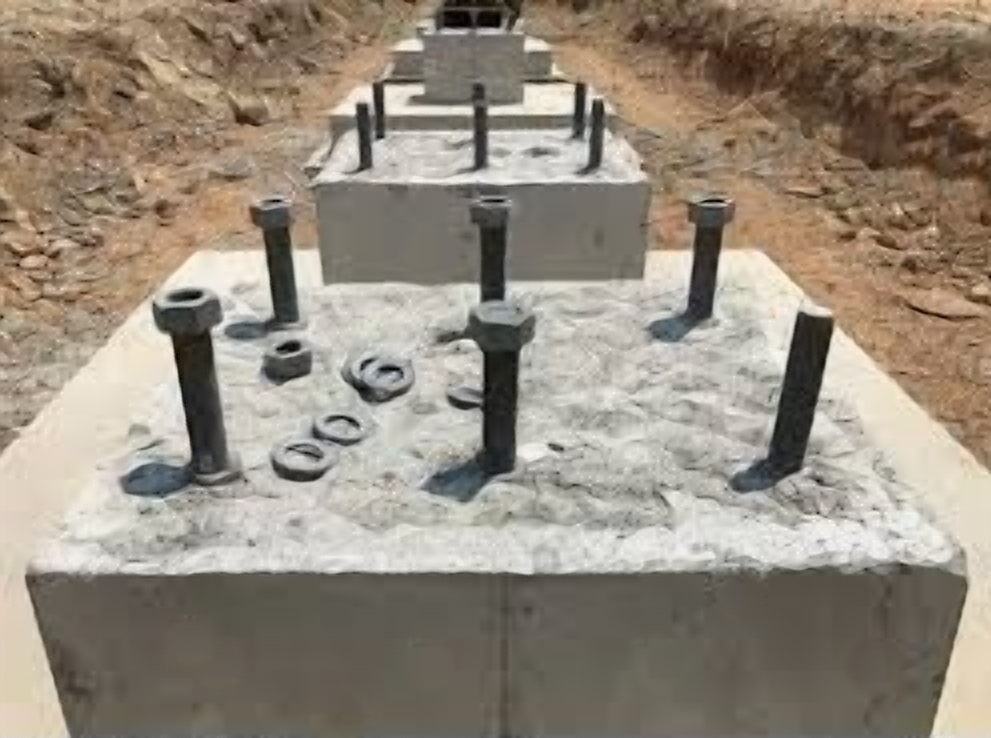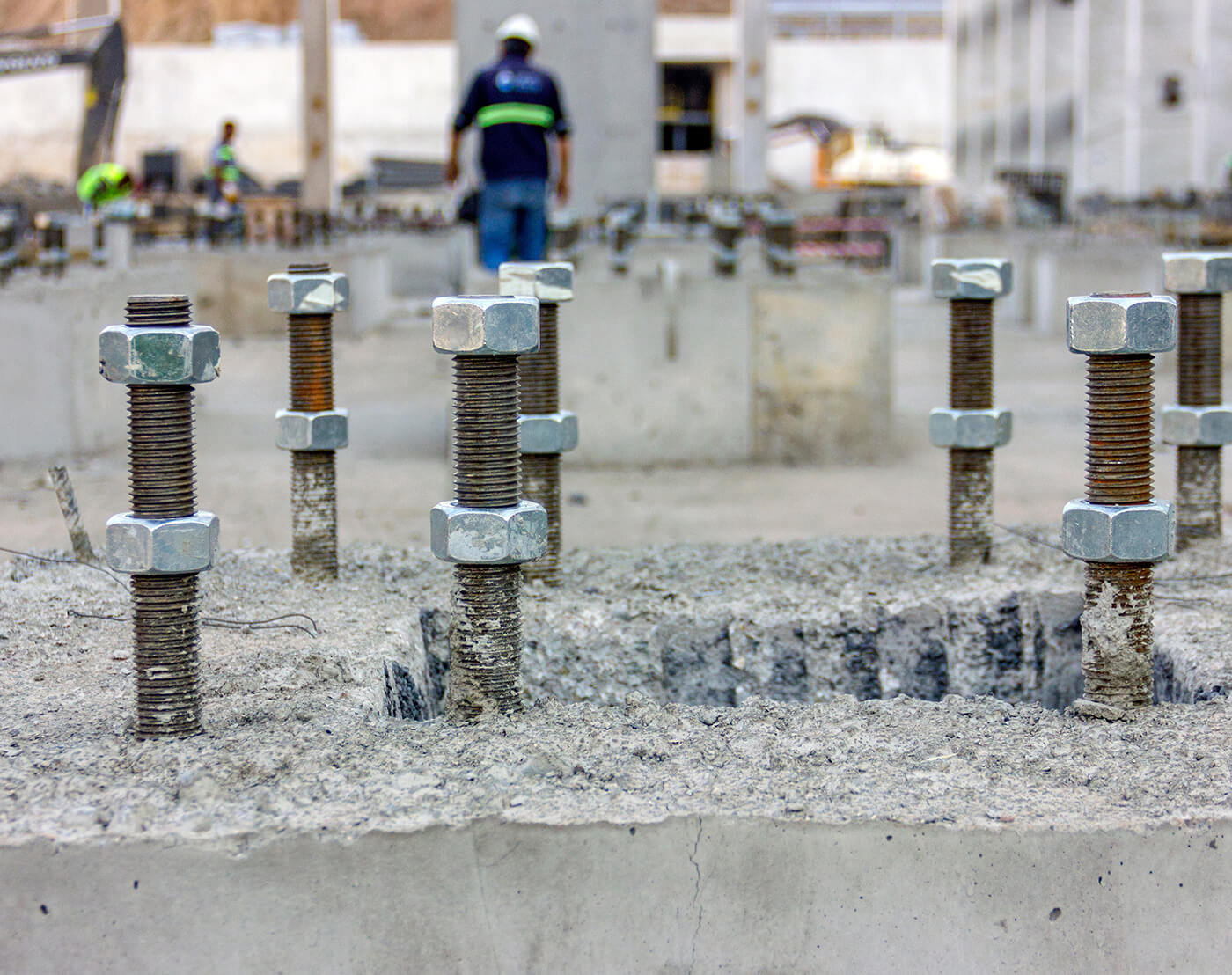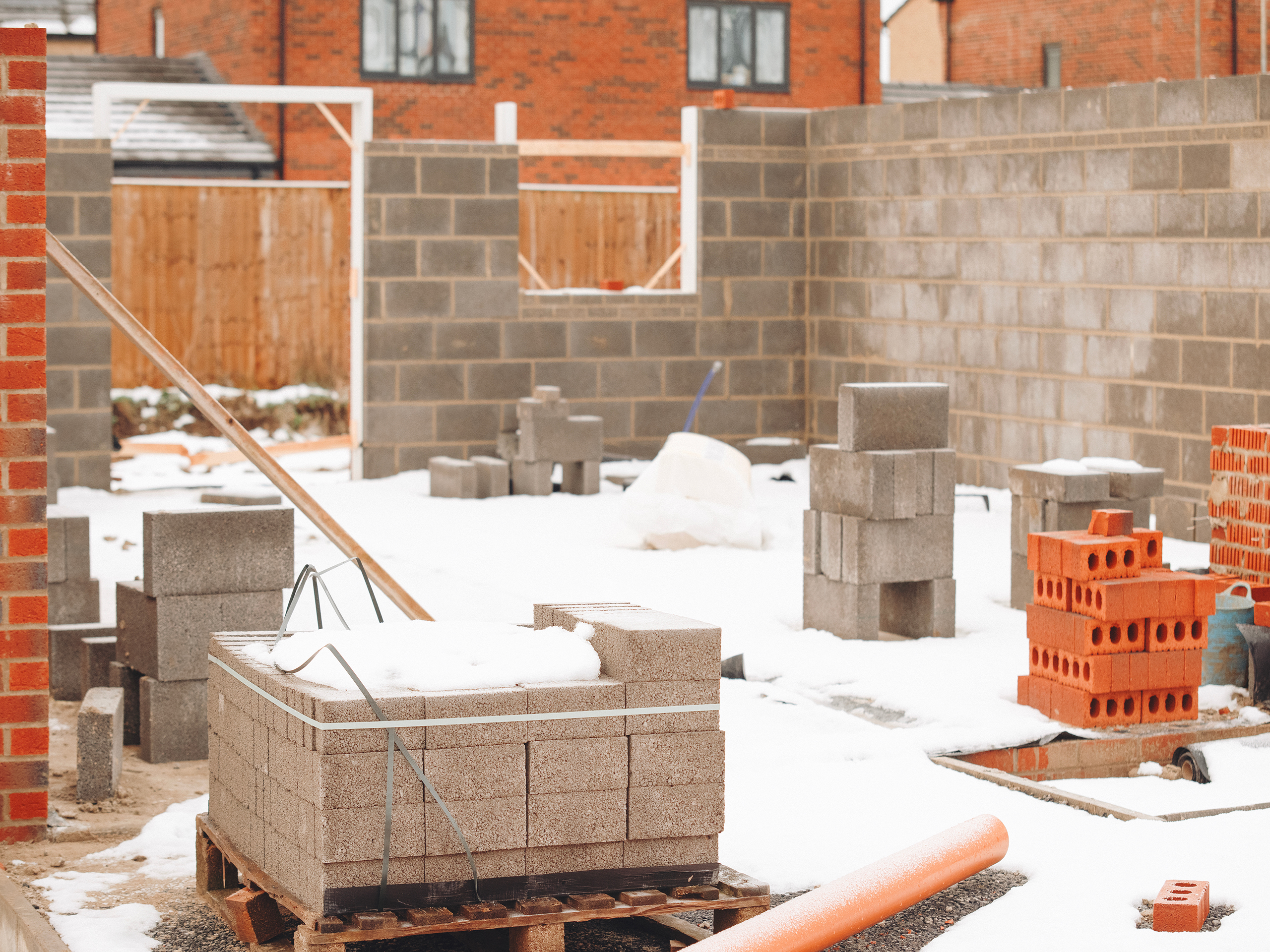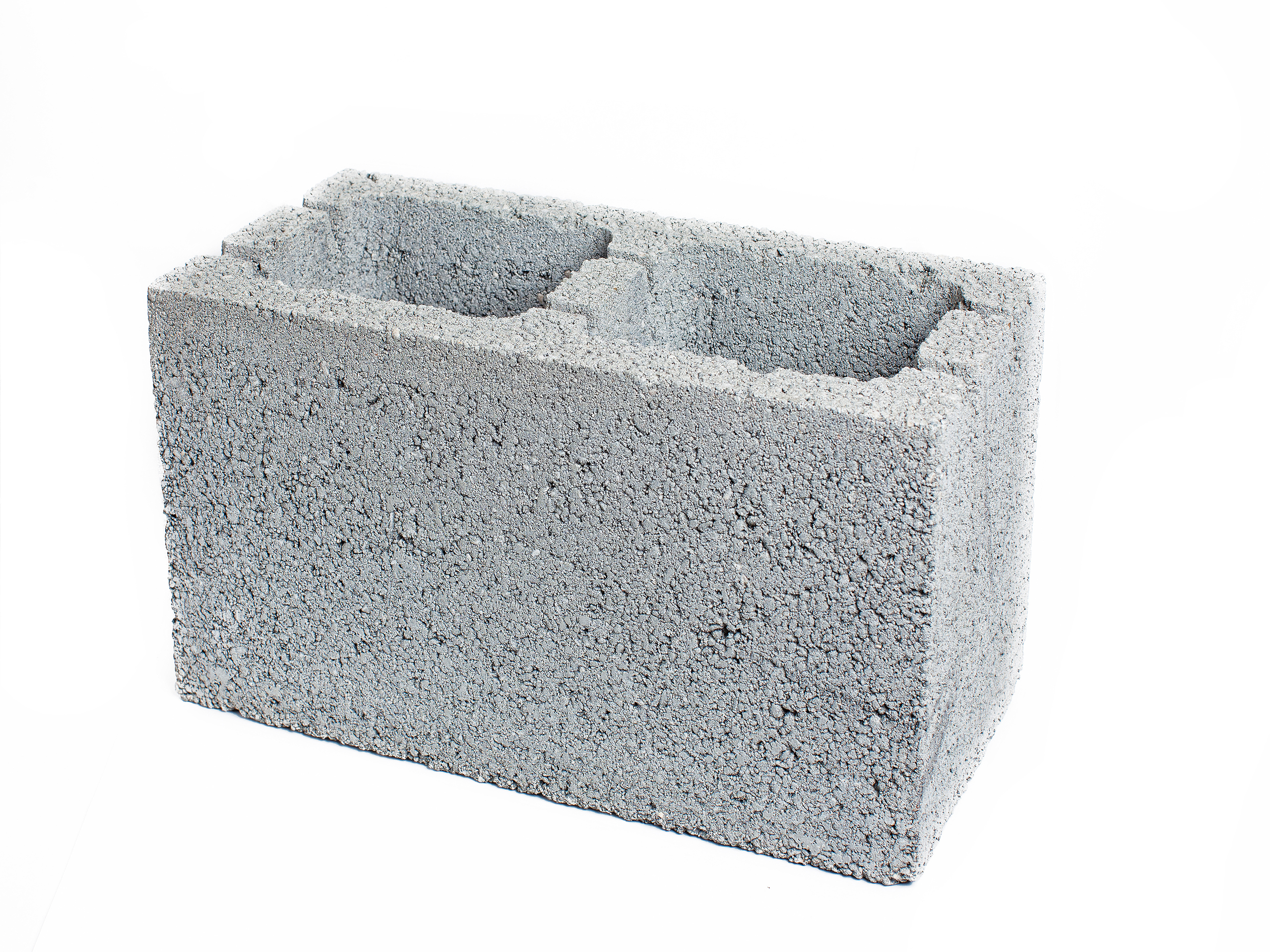So, what is this American Concrete Institute (ACI) standard ACI 117, and how important is it? ACI 117 is critical if you are part of the project team constructing a building or other structure that will include concrete elements or concrete masonry elements. However, defining exactly what ACI 117 is can be a little challenging.
ACI 117, “Specification for Tolerances for Concrete Construction and Materials,” designates standard tolerances for concrete and concrete masonry construction. The tolerances listed in ACI 117 are for typical concrete construction and construction procedures and apply to exposed concrete and architectural concrete. There are even tolerances listed for plastic concrete properties, such as slump and air content tests. ACI 117 tolerances govern unless otherwise specified, with concrete construction and materials complying with specified tolerances. Tolerances for specialized concrete construction outside the scope of ACI 117 shall be specified in the contract documents.
ACI 117 is not adopted by the International Building Code (IBC) or ACI 318, the “Building Code Requirements for Structural Concrete.” The ACI 117 standard is adopted by TMS 602, “Specifications for Masonry Structures,” and ACI 301, “Specifications for Structural Concrete.” From a building code compliance point of view, the adoption of ACI 117 by TMS 602 and ACI 301 is significant. TMS 602 is adopted as a reference standard by TMS 402, “Building Code Requirements for Masonry Structures,” therefore TMS 602 specifications become code by reference.
Practically every set of project concrete specifications and contract documents in the country adopt ACI 301. This means that if you are constructing a new structure that includes concrete or masonry elements, the ACI 117 tolerances related to concrete or masonry elements are code required by reference and deemed applicable to the project.
WHY ARE TOLERANCES IMPORTANT AND RELEVANT TO PROJECT CONSTRUCTION?
No structure is precisely level, plumb, straight, and true. Tolerances are a means to establish permissible variations in dimension and location, giving both the designer and the contractor limits within which the work is to be performed. They are how the designer conveys to the contractor the performance expectations upon which the design is based or that the project requires. Tolerances are measured from the points, lines, and surfaces defined in the contract documents. Such tolerances should reflect design assumptions and project needs while being neither overly restrictive nor too lenient. If the application of tolerances causes the extension of the structure beyond legal boundaries, the tolerances must be reduced.
As mentioned earlier in this article, ACI 117 is adopted by the building code for masonry structures (TMS 402/602) and is listed as a reference standard by ACI 301 (Specifications for Structural Concrete). Any building construction with concrete or masonry elements must comply with the code compliance criteria stipulated in ACI 117. The contents of ACI 117 are extensive, and the specification comprises more than 70 pages of narrative, details, and tables. The code compliance material addresses tolerances for steel reinforcement, deviations from plumb, elevation, and location along with the following general requirements:
- Materials such as embedded items, concrete batching, and concrete properties
- Foundations
- Slab-on-ground, floor flatness, levelness, length, width, and elevation
- Cast-in-place concrete for buildings
- Cast-in-place concrete at interface with precast concrete
- Masonry
- Cast-in-place, vertically slipformed building elements
- Canal lining
- Monolithic water-conveying tunnels, siphons, conduits, and spillways
- Cast-in-place bridges
- Exterior pavements and sidewalks
- Chimneys and cooling towers
- Cast-in-place nonreinforced pipe
- Tilt-up concrete
A plus (+) tolerance increases the amount or dimension to which it applies or raises a deviation from level. A minus (-) tolerance decreases the amount or dimension to which it applies or lowers a deviation from level. Where only one signed tolerance is specified (+ or -), there is no specified tolerance in the opposing direction.
If the tolerances in the document are exceeded for structural concrete, refer to the contract documents for acceptance criteria. For other concrete, the architect or engineer may accept the element if it meets one of the following criteria:
- Exceeding the tolerances does not affect the structural integrity, legal boundaries, or architectural requirements of the element; or
- The element or total erected assembly can be modified to meet all structural and architectural
ACI 117 tolerance criteria are expressed in the imperial system of units and are usually depicted in inches, feet, yards, etc. Tolerances can be applied to deviations from a specified dimension, location, elevation, or quantity.
Vertical deviation, horizontal deviation, and deviation from plumb are individually used to establish a tolerance envelope for each deviation type within which permissible variations can occur. Deviation from plane determines the rate of change of adjacent points (slope tolerance) occurring within the tolerance envelope. In this fashion, the slope and smoothness of surfaces and lines within a tolerance envelope are controlled.
In Section 6 of ACI 117, the narrative refers the specifier to TMS 602, “Specification for Masonry Structures,” regarding tolerance criteria for masonry construction. The masonry special inspector (and project team) should always use the TMS 602 edition approved by the IBC and listed in IBC Chapter 35. TMS 602 lists varied tolerance criteria, especially in Article 3 of TMS 602.

Accurate measurements of building elements are critical to the code compliance process regarding tolerance criteria because the results can impact structural elements on several levels. As an example of this, let’s discuss the installation and measurement of individual concrete anchor bolts and groups of anchor bolts during the construction phase.
It is standard practice to lay out anchor bolts along the top of the concrete; however, anchor bolt locations are commonly verified by measuring to the top of the bolt. If the anchor bolt is not perfectly plumb, the location of the anchor bolt will not be the same as when the location is measured along the top of the concrete. For a bolt tilt of 5 degrees and a 6-inch bolt projection, the difference between a bolt location measured from the top of the bolt versus the top of the concrete can be as much as a ½ inch.
Many folks in the construction and design community question whether ACI 117 tolerance criteria should be invoked during project construction phases. It should be noted, however, that ACI 117 is adopted as a reference standard by the masonry code (TMS 402/602) and ACI 301, “Specifications for Structural Concrete.” This fact alone mandates the use of ACI 117 tolerance criteria on a project’s concrete and masonry elements. The ACI 117 standard is also often cited in the project contract documents, invoking the tolerance compliance criteria of ACI 117.






